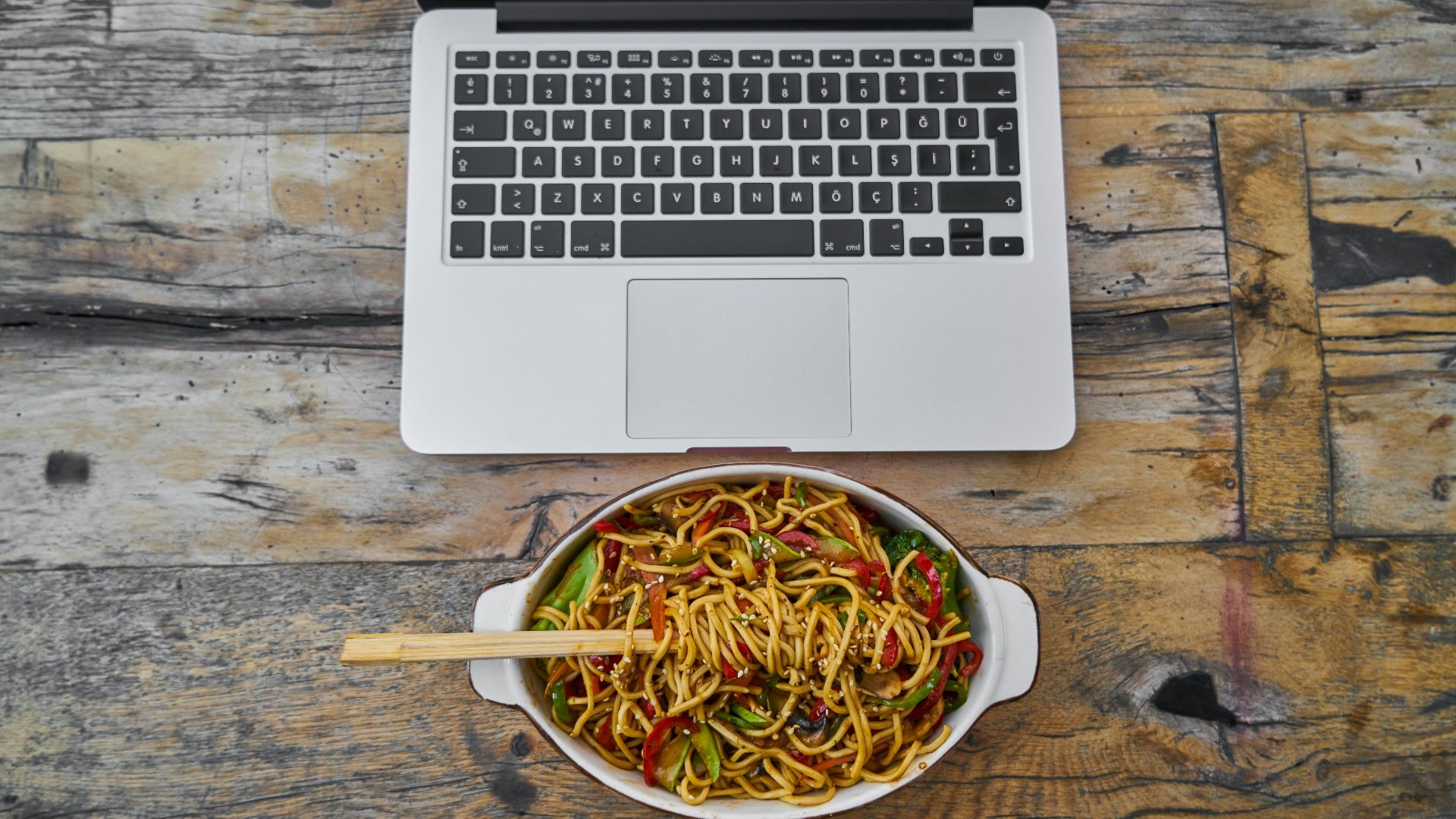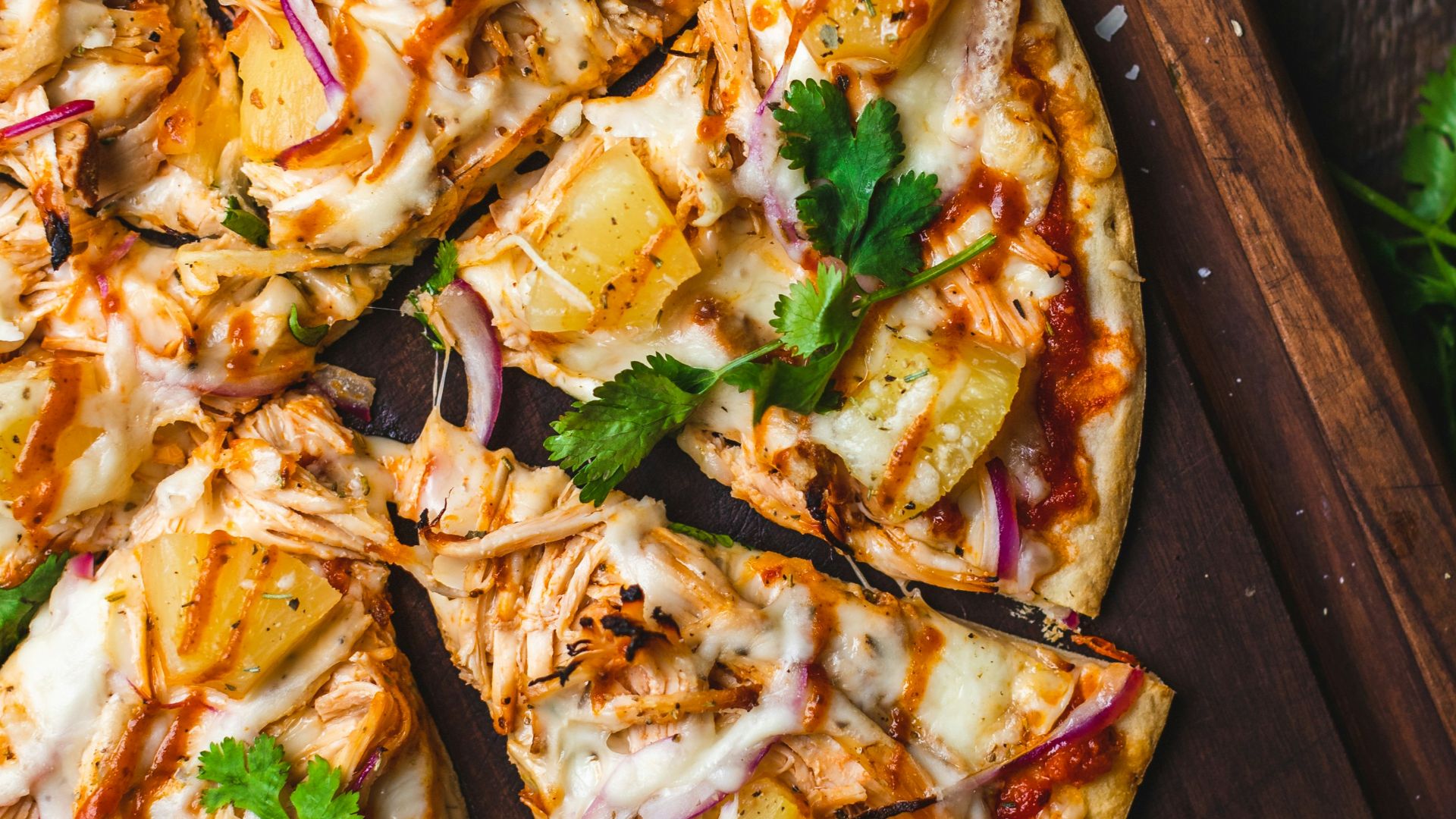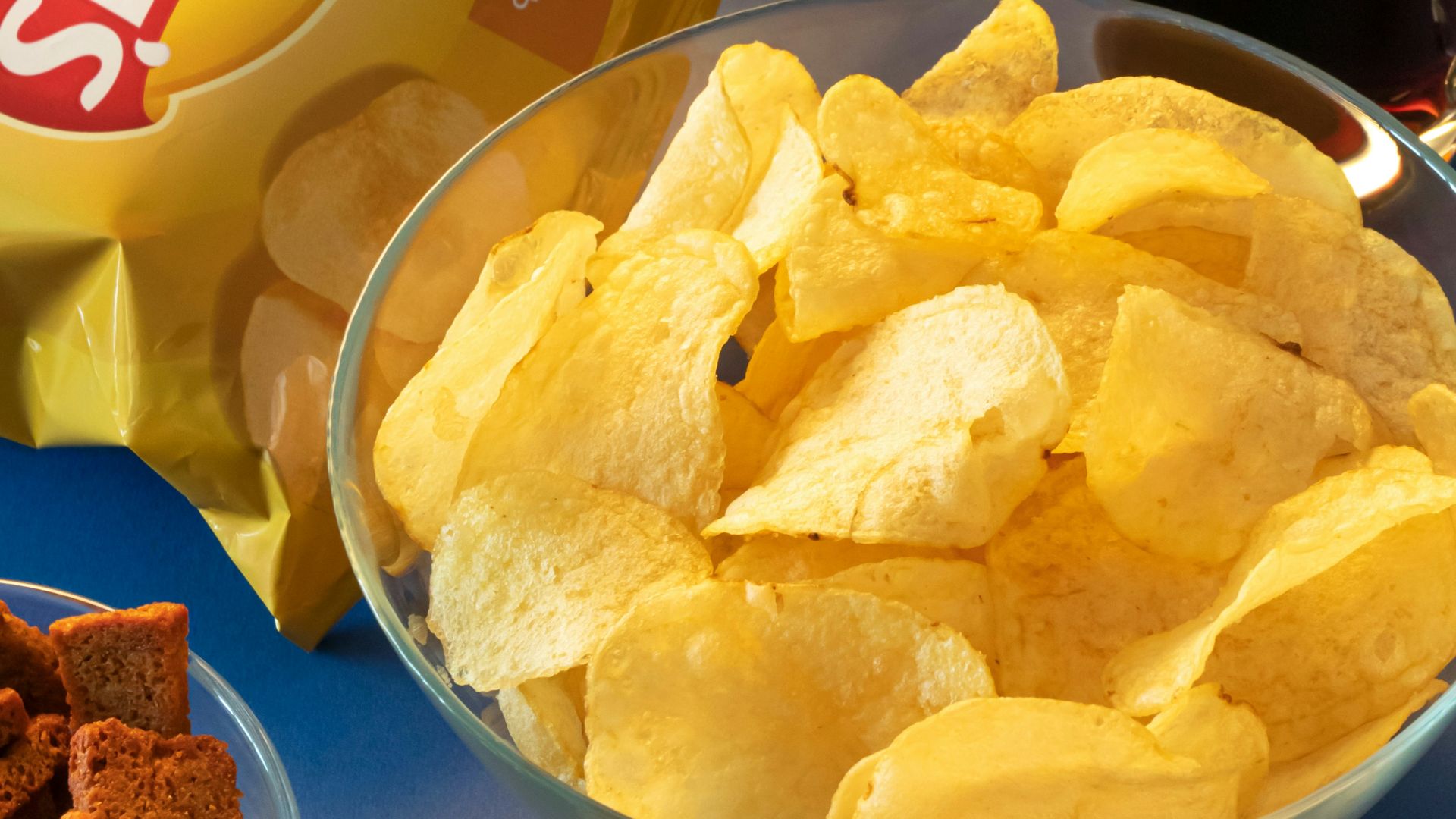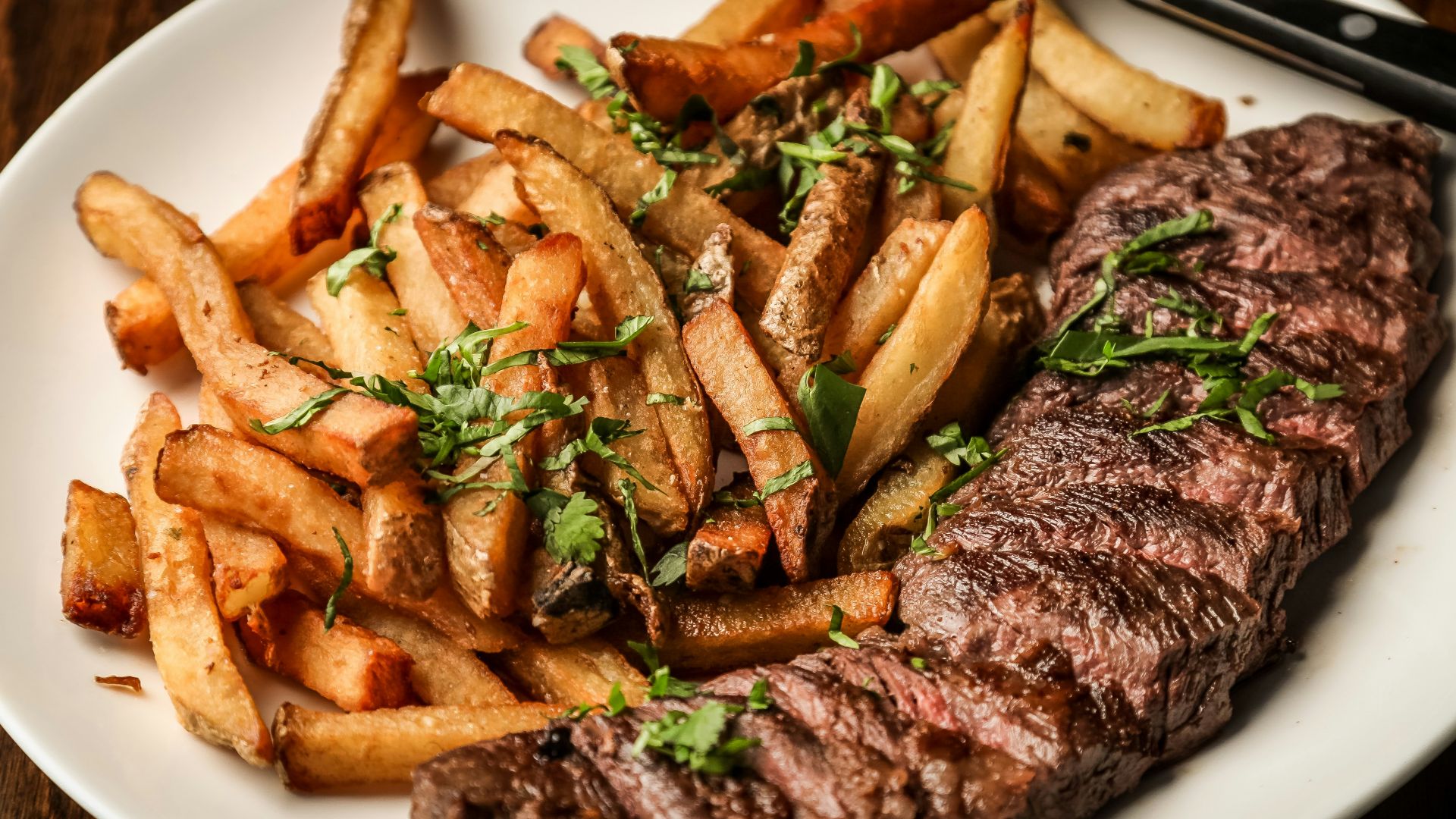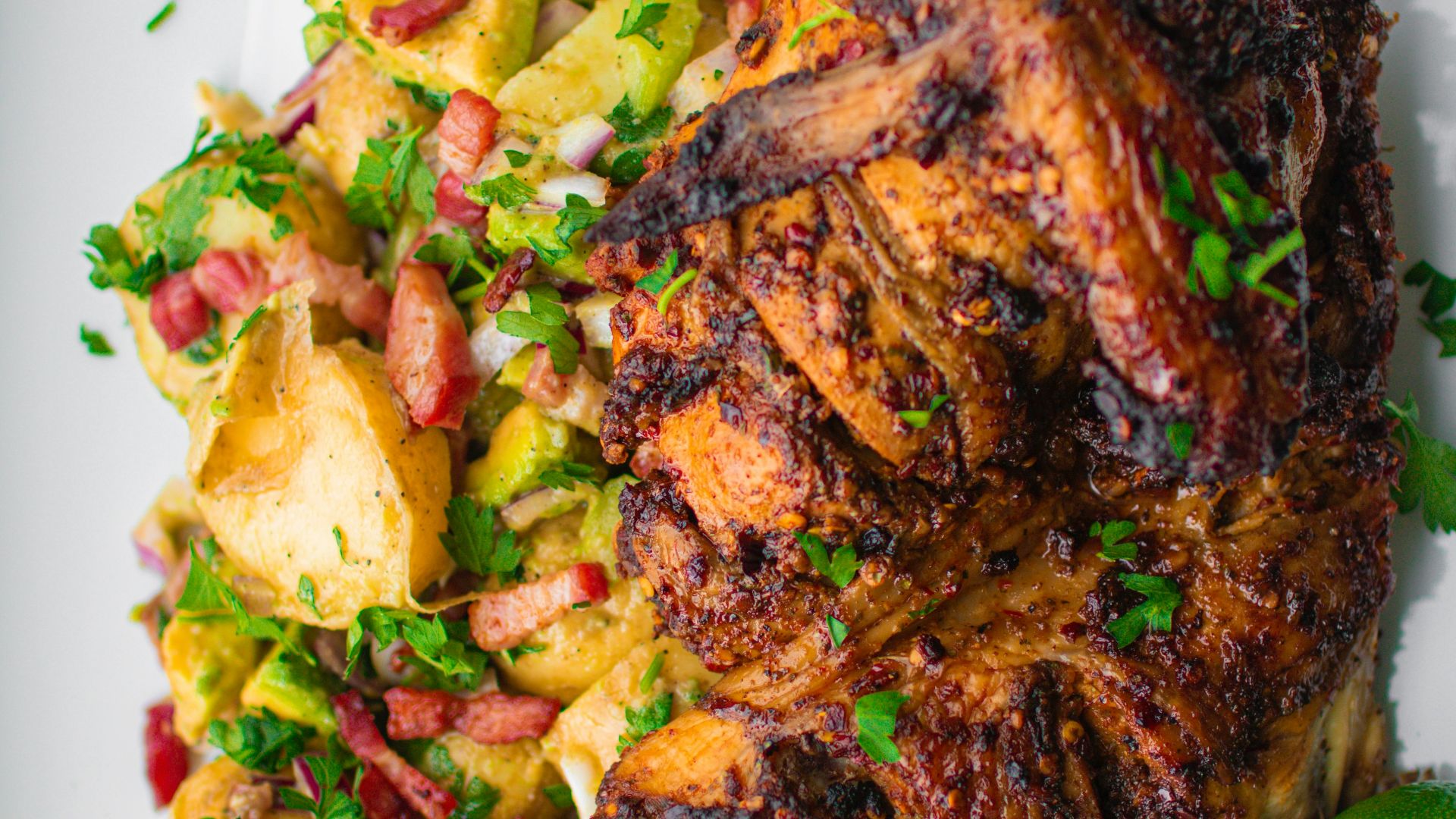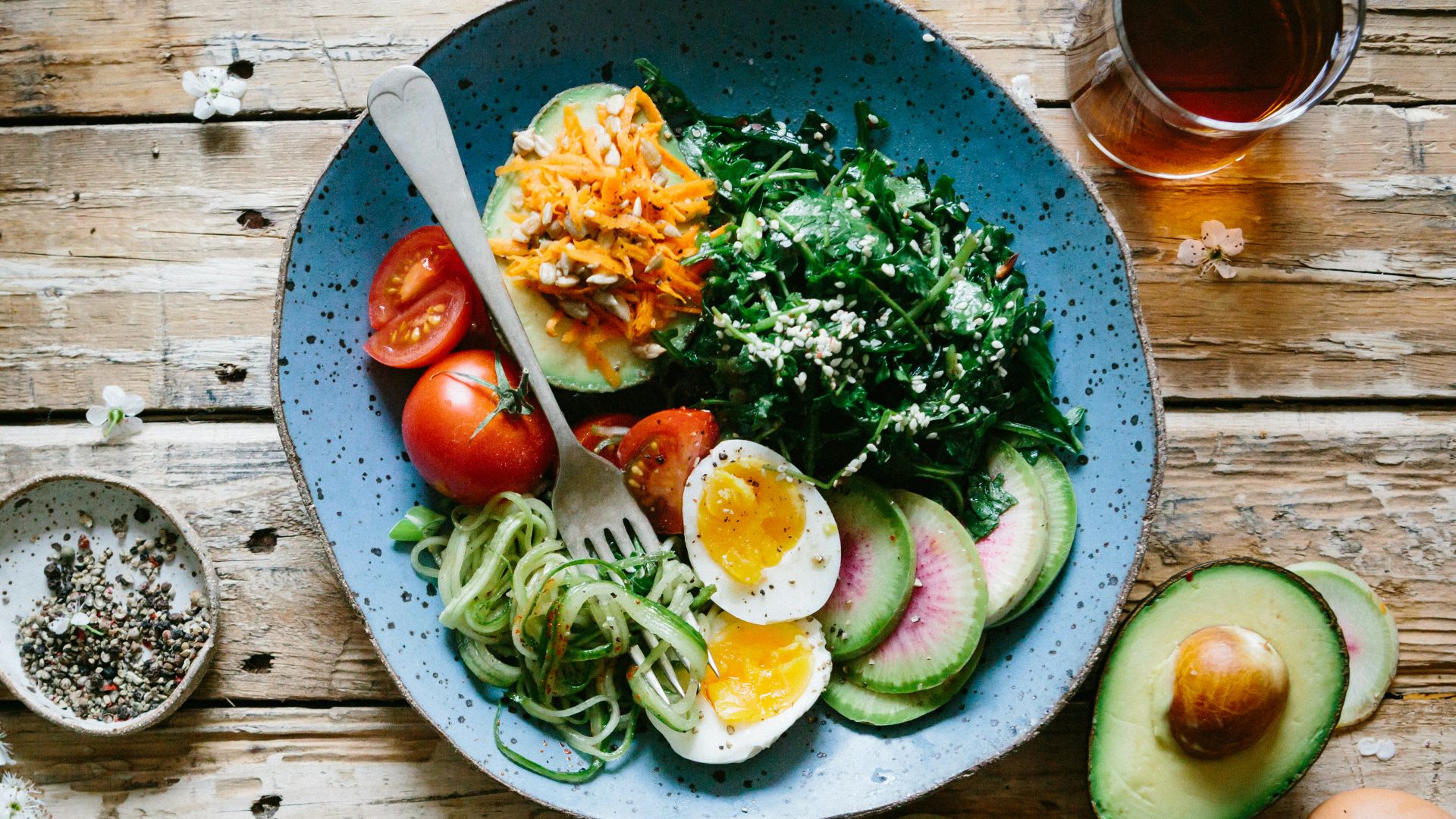Soda With Every Meal? 10 American Food Habits That Shock Other Countries & 10 Healthier Habits To Adopt
Soda With Every Meal? 10 American Food Habits That Shock Other Countries & 10 Healthier Habits To Adopt
Are You Guilty Of These Habits?
Let’s be honest, America isn’t exactly known as the pinnacle of health, but it has a lot of fun when it comes to making and eating food. However, plenty of other countries find themselves flabbergasted when faced with American cuisine and culture. With that in mind, here’s a comparison of American and abroad food habits!
1. Huge Meals
Most non-Americans are often shocked at the amount of food served in American restaurants. A single serving in the US could easily be two servings in another country. This is a practice that other countries don’t quite get, as they value smaller, more balanced meals.
2. Fast Food Daily
Consuming fast food every day is a normal routine for many Americans who are used to its convenience. For people in other countries, this is seen as an unhealthy and bizarre practice. They prefer fresh food cooked at home with ingredients from local markets. The use of processed foods and additives in fast food can be especially shocking for many visitors.
3. Snacking Instead of a Meal
Replacing full meals with chips, protein bars, and sugary snacks is common in the US. Many foreigners are surprised to see someone skip breakfast or lunch for vending machine junk food. In other countries, a meal is considered important to properly nourish the body.
4. Eating In The Car
In the US, it is normal to see people eating while driving or on the subway. For people in countries where meals are social events, this seems rushed and unenjoyable. Eating on the go can also cause digestion problems and prevent mindful eating.
5. Meat Every Meal
Many Americans have meat or an animal product at breakfast, lunch, and dinner. Visitors are surprised by how prevalent animal products are in the average American diet. This level of consumption can lead to health issues and high environmental impact.
6. Dessert After Every Meal
Having dessert after every meal is seen as excessive in many countries. Occasional sweets are fine, but doing it after each meal is adding unnecessary sugar. Many cultures reserve sweets and desserts for special occasions instead, which prevents your body from being trained in a habit of craving sugar after eating.
7. Supersized Everything
The American value of “value” is often just supersized portions. Drinks, fries, burgers, and other menu items can reach gargantuan sizes. Visitors are often shocked at how many calories a meal can contain. This mentality of getting “more for your money” encourages overeating without meaning to.
8. Multitasking While Eating
Eating while working, watching TV, or scrolling on the phone is a normal occurrence. In other cultures, this habit is odd because a meal should be an event to enjoy. Eating with distractions usually leads to eating more than you need, while also taking away from the pleasure of enjoying a meal itself.
 Dimas Rizki Pratama on Unsplash
Dimas Rizki Pratama on Unsplash
9. Eating on the Couch
Many Americans eat meals in front of the television instead of at a table. This is a surprise for visitors who are used to sitting together at family tables. Eating on the couch makes it difficult to focus on the food or the company, and it also encourages more mindless snacking.
10. Ready-To-Eat Frozen Meals
Microwave dinners and prepackaged frozen foods are convenient staples. People in other countries are shocked by how heavily Americans rely on these options. Frozen meals are filled with preservatives and unnecessary sodium, making the food taste worse when compared to freshly prepared meals.
Now that we talked about American food habits, here's a look at some other food trends more citizens should adopt.
1. Eat More Slowly
Chewing your food slowly aids digestion and can help avoid overeating. Allowing the body time to process the food helps your fullness signals kick in naturally. Enjoying the taste and texture of the food adds to the pleasure of eating.
2. Fresh Over Frozen
Choosing fresh fruits, vegetables, and meats over processed or frozen items has a major nutritional impact. Fresh foods have more vitamins and natural flavor. Cooking with whole ingredients lays the foundation for a healthier diet.
3. Reduce Portion Sizes
Smaller portion sizes help to maintain a healthy weight and avoid food waste. It is much easier to listen to the body’s natural hunger and fullness cues with smaller plates. If you are still hungry, you can always get more.
4. Eat Meals On Time
Sticking to a regular schedule for eating meals helps regulate energy and metabolism. Skipping or delaying meals often causes you to overeat later. Regularly spaced meals create a better balance for the body throughout the day.
5. Enjoy Food With Family or Friends
Sharing meals creates stronger bonds and encourages more mindful eating. Sitting and enjoying food together is an opportunity to slow down and connect. Eating with others helps to build healthy food habits for the whole family.
6. Balance Your Diet
Ensuring meals have a balance of proteins, whole grains, fruits, and vegetables is key. Nutritional balance helps ensure you don’t overconsume one food group. It also supports steady energy and overall wellness.
7. Drink Healthier Drinks
Water, tea, and natural juices are better for you than soda and other sweetened beverages. Staying hydrated aids focus and overall health. Choosing drinks with less sugar also cuts back on unnecessary calories.
 Aniketh Kanukurthi on Unsplash
Aniketh Kanukurthi on Unsplash
8. Limit Sugar and Desserts
Saving sweets for special occasions can help control blood sugar and cravings. Replacing sugary desserts with fruit or yogurt can be equally satisfying and healthy. It is important to focus on moderation rather than deprivation.
9. Healthier Cooking Methods
Cooking with grilling, baking, or steaming over frying can make a big difference. These methods use less oil and can preserve more nutrients in food. Small changes in how food is prepared can have big effects on long-term health.
10. Respect Fullness Cues
Learning to stop eating when you feel full helps break the habit of overeating. This requires some practice but leads to big benefits for the body. Eating this way helps you maintain a healthy weight and relationship with food.
KEEP ON READING



